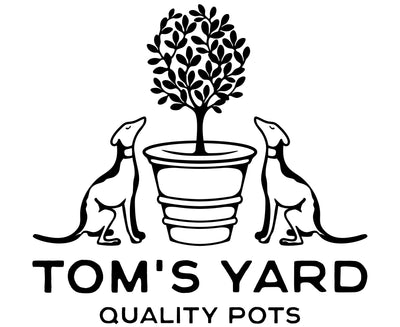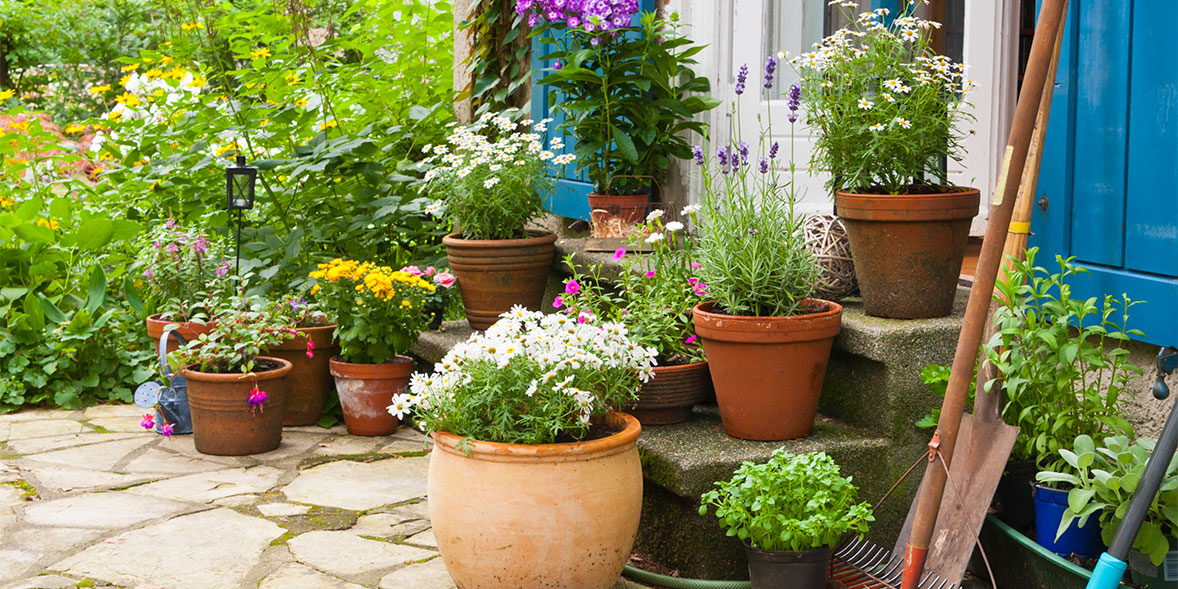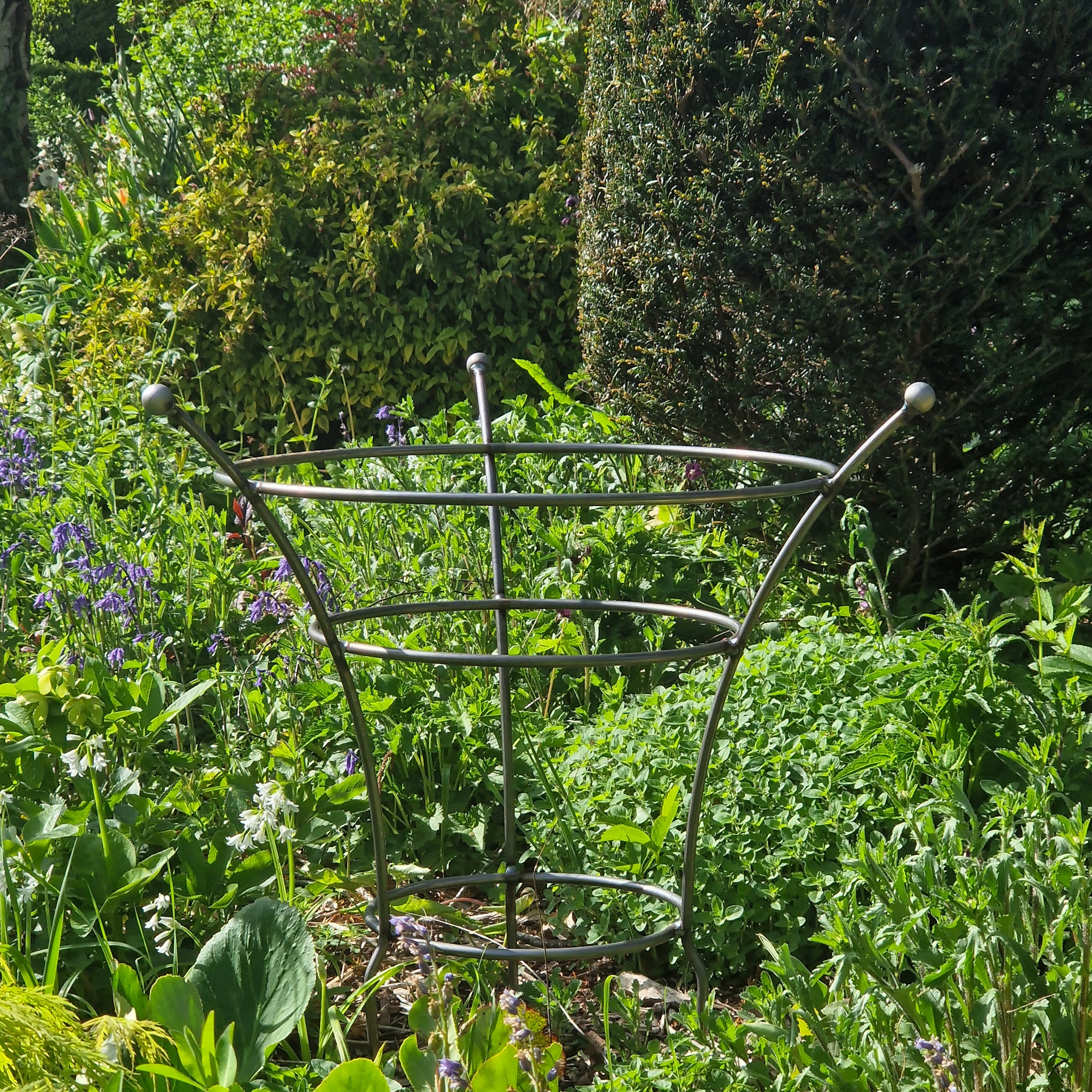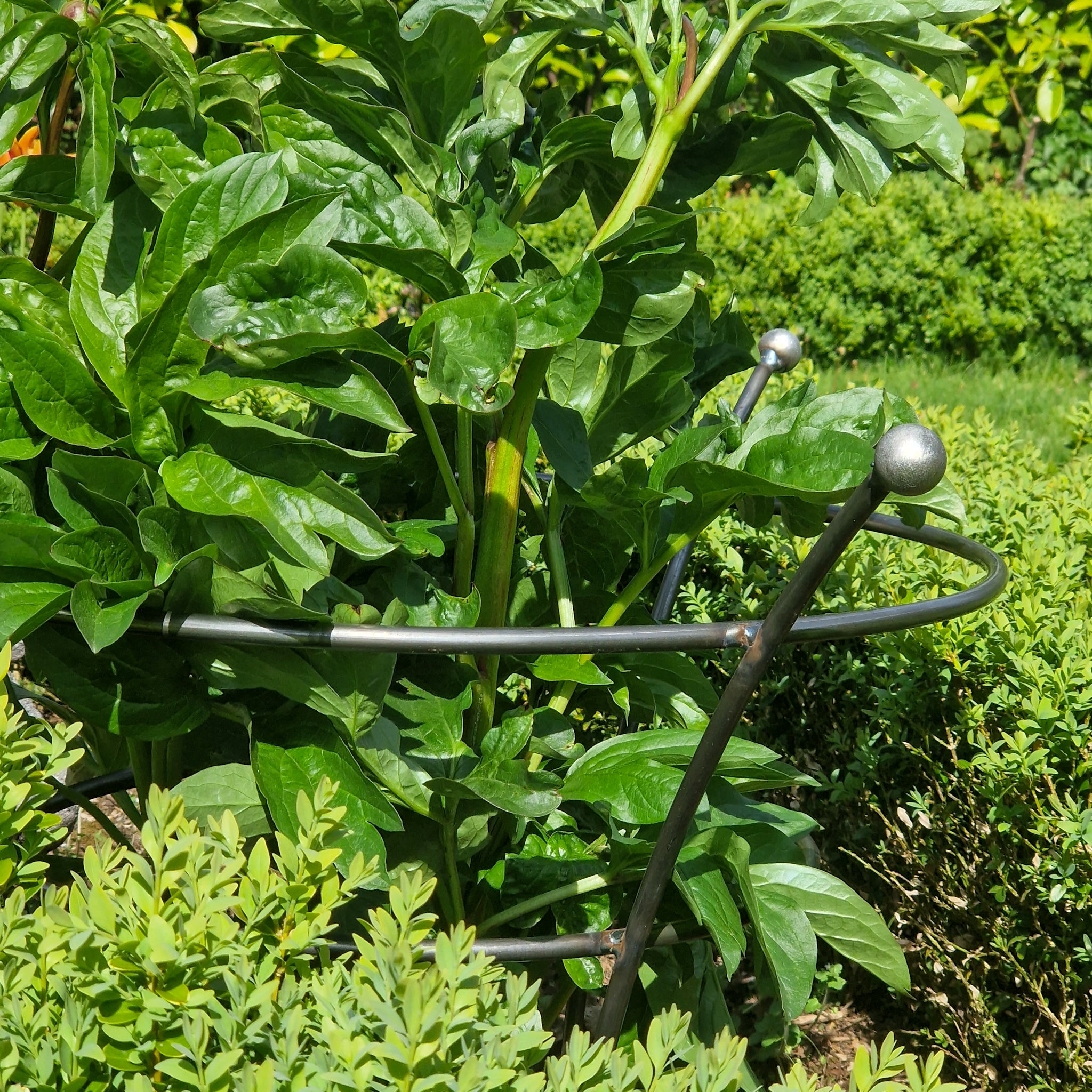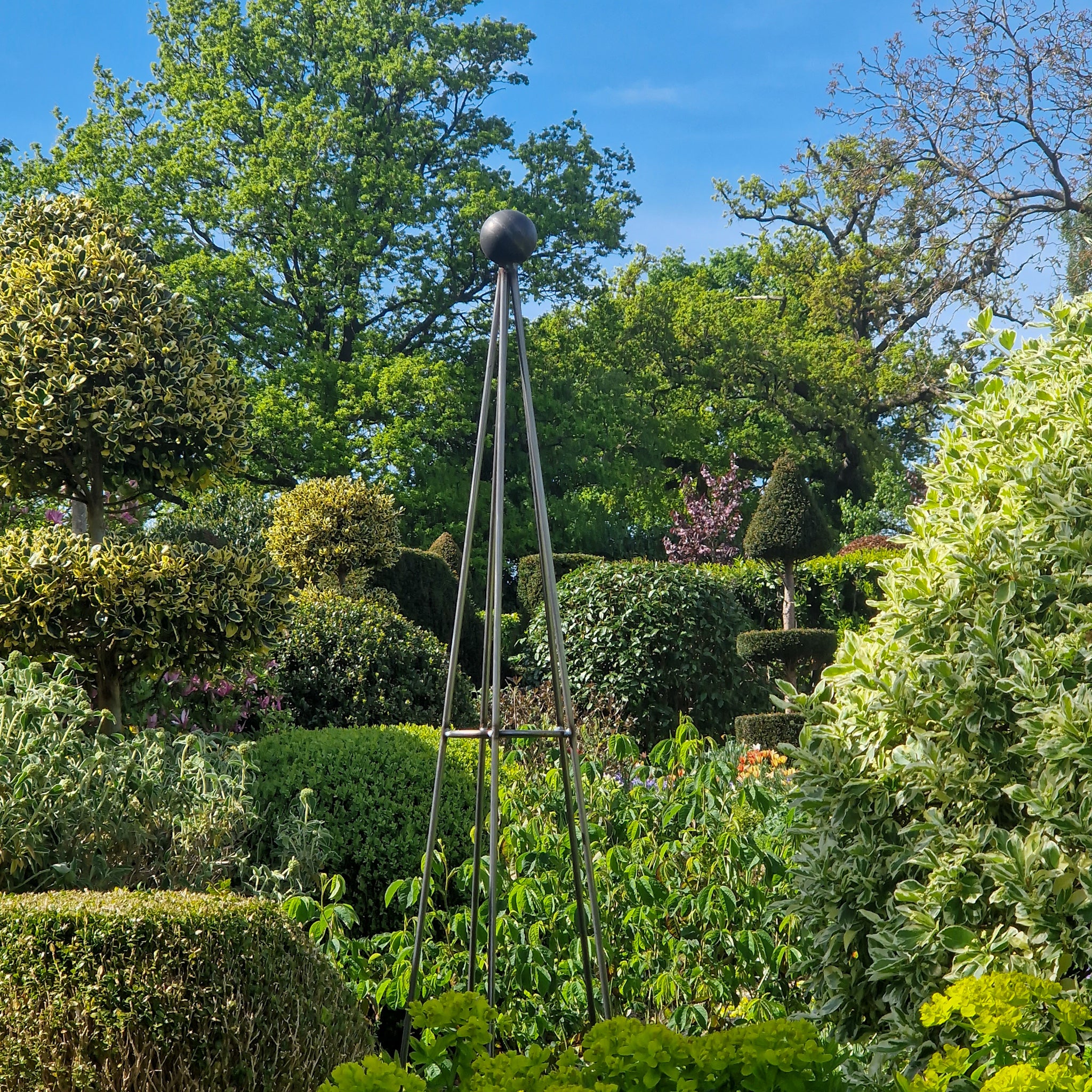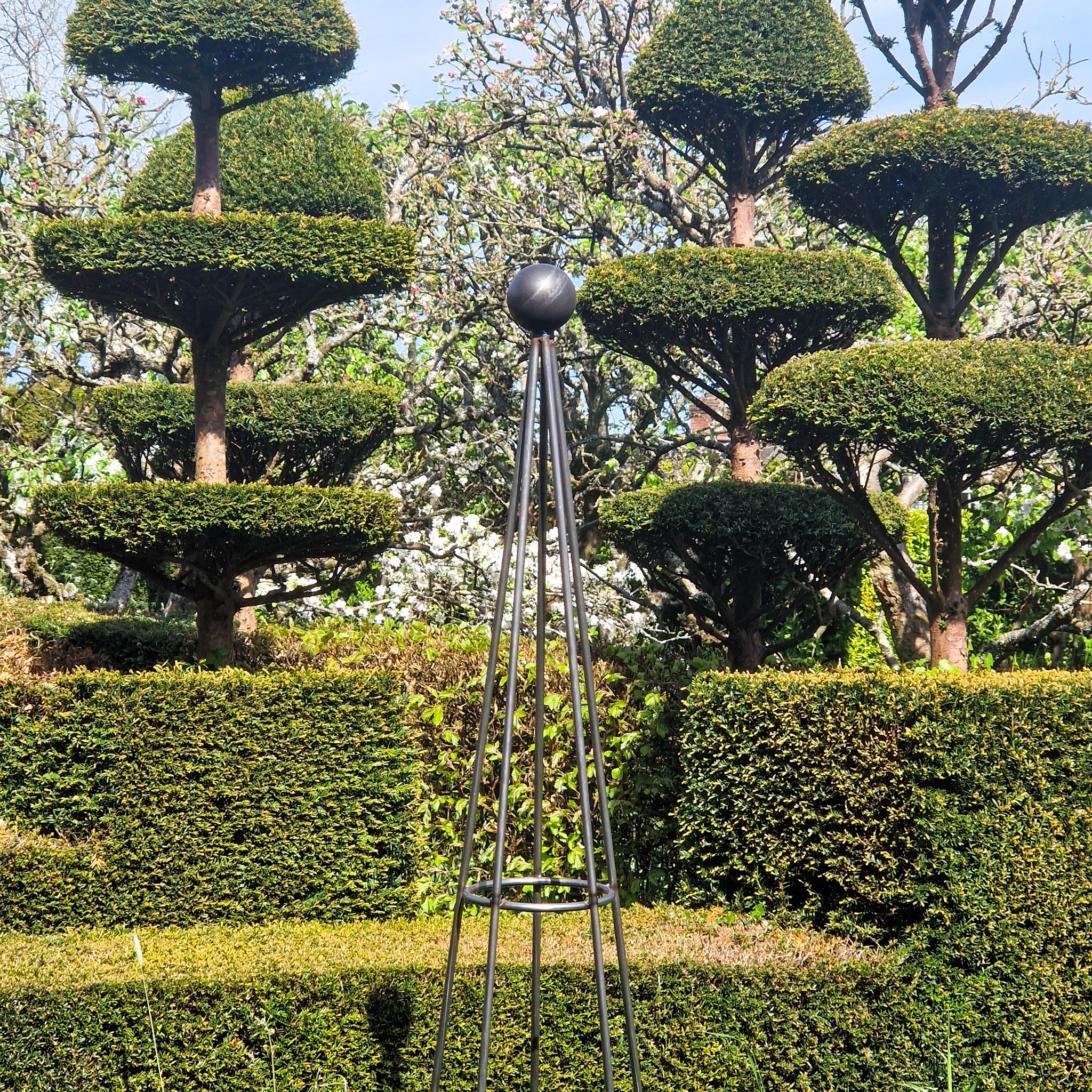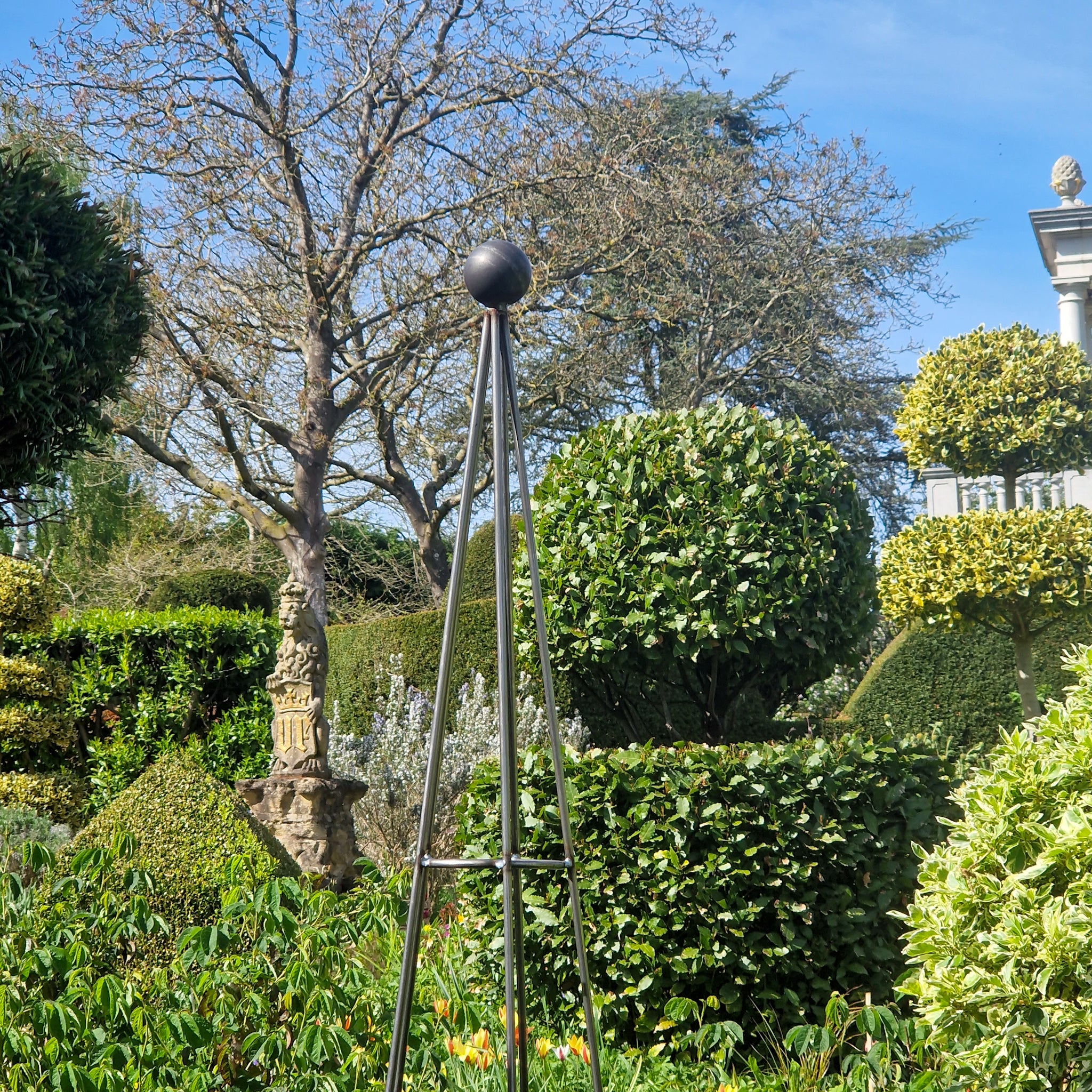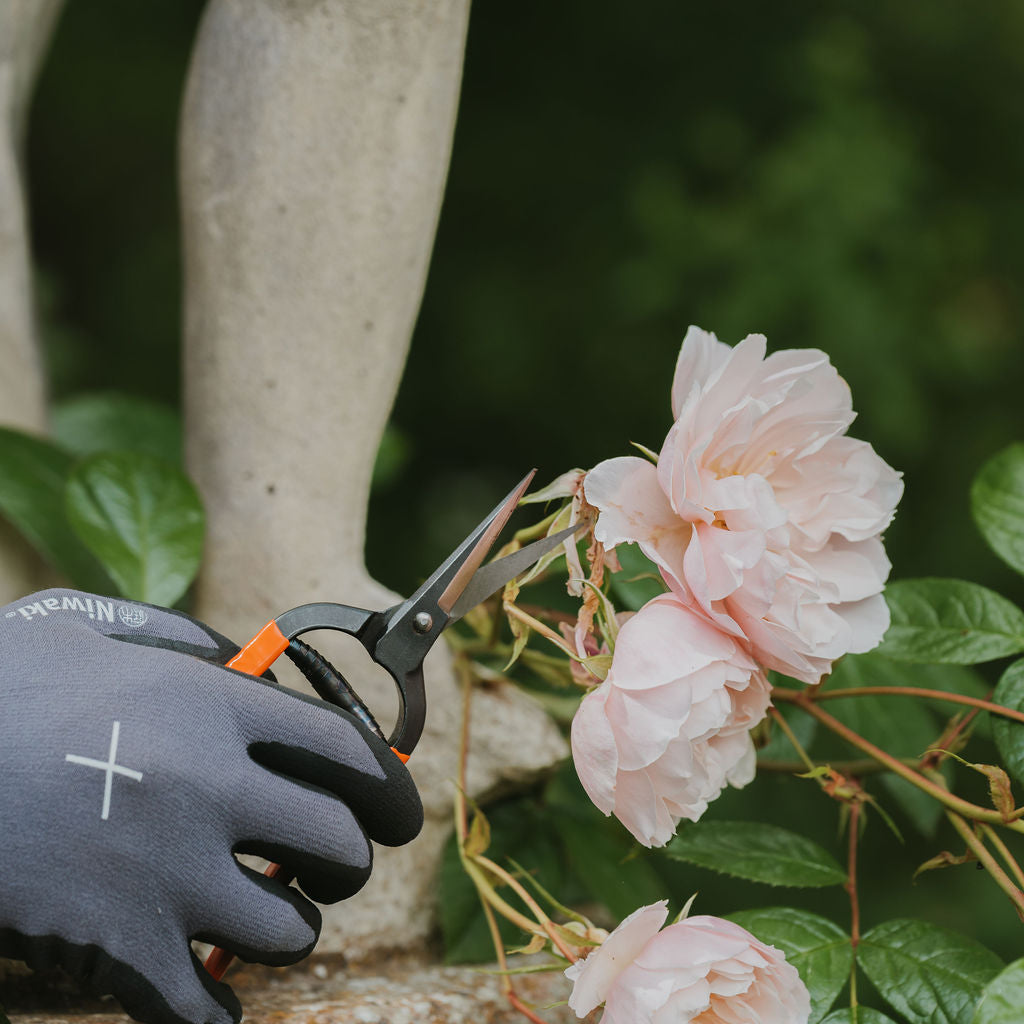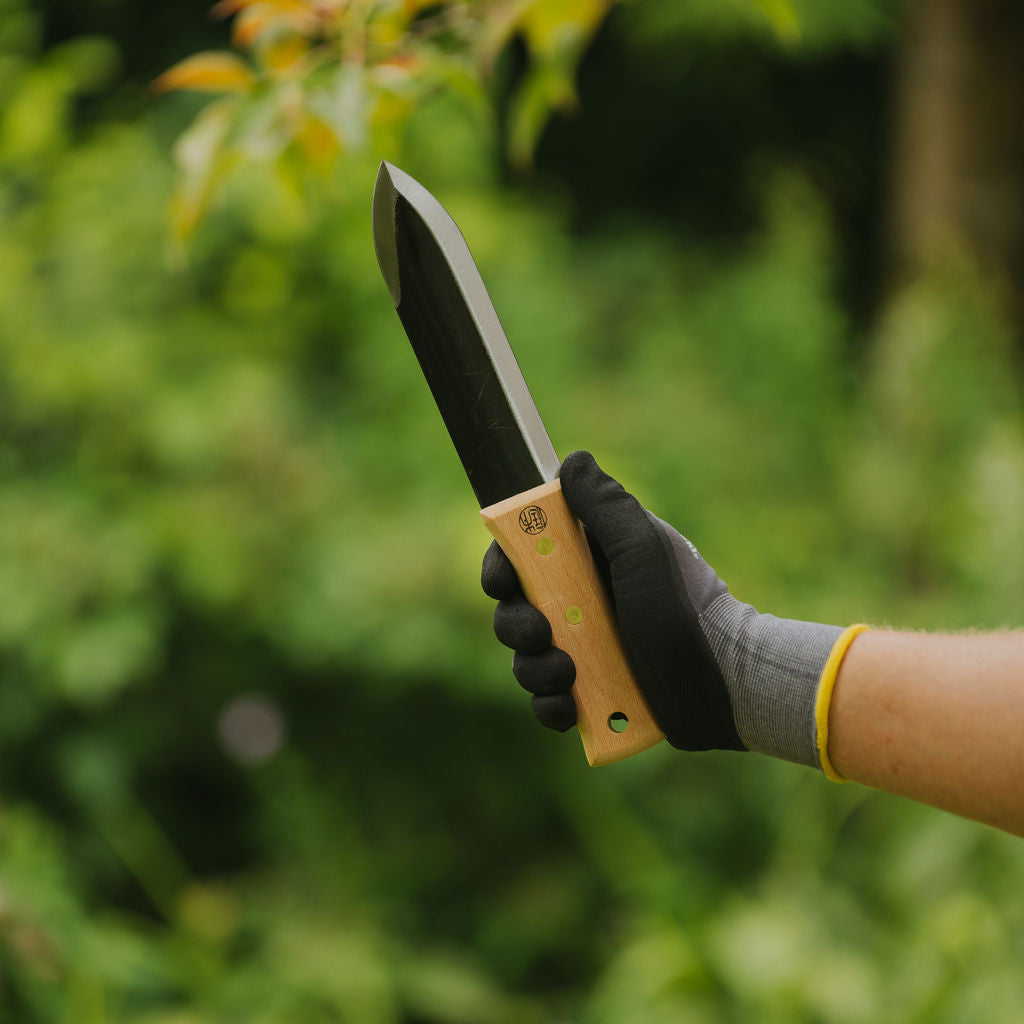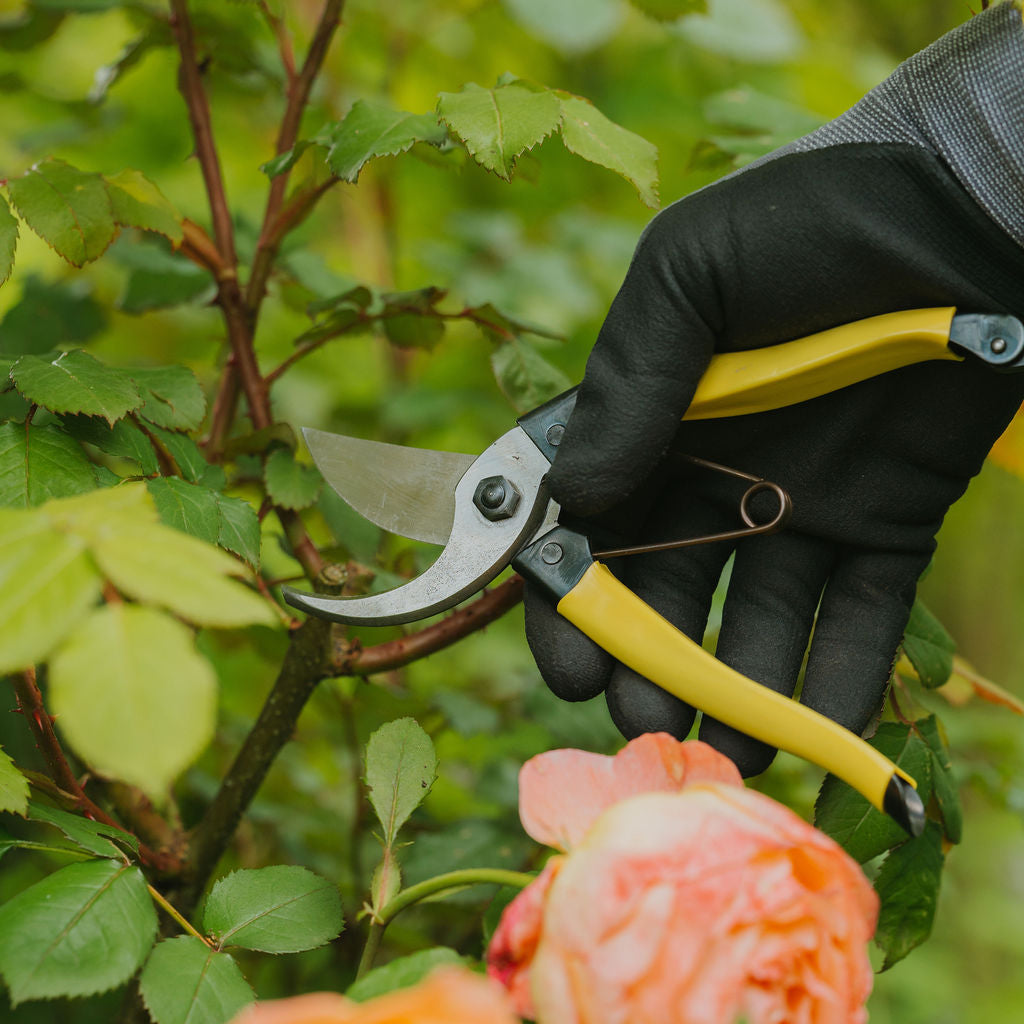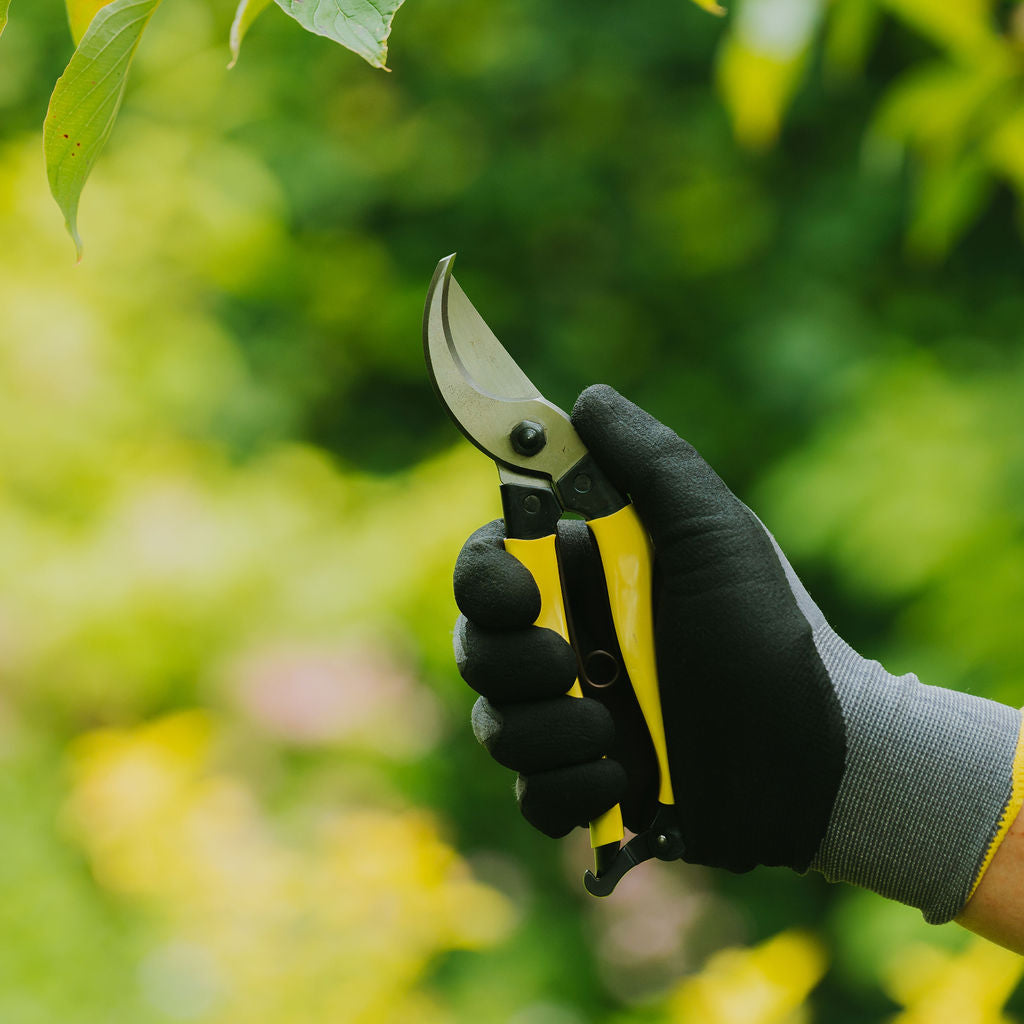It's the start of the Big Butterfly Count this week and it's got the team thinking about what they do and don't do in their gardens and we all agreed that what we wanted was more bright containers bursting with nectar-rich blooms that bees, butterflies and even hoverflies will love.
Pot Power for Pollinators
UK pollinators face habitat loss and declining food supply and we can all help to change that, help protect pollinator species and make our gardens look gorgeous in the process. A few well‑placed pots on patios, balconies or near garden beds can make a real difference.

Top Plant Picks for Pretty Pollinator Pots
There are some plants that really top the charts when it comes to pollinators. They're reliable, easily grown plants that offer extended bloom time and hearty nectar , what more do we need - so here are our Tom's Yard favourites
-
Lavender (Lavandula angustifolia, e.g. ‘Munstead’) – iconic, fragrant, and absolute bee‑magnet, long‑flowering and we promise you, get some lavender in the garden and all the butterflies will be fluttering as well!
-
Verbena bonariensis – Oh 'Verby B' how we love you so, a true love of the horticulture world with its tall airy stems, and clusters of tiny purple blooms - perfect for butterflies.
-
Coreopsis – Such a joy to have in the garden and fab-u-lous for terracotta pot. Its cheerful daisy‑shaped yellow flowers are a great landing pad and hoverflies absolutely adore them.
-
Scabious (pincushion) – Scabious have an incredible bloom time which make them a must for any summer display, their single flowerheads are perfect for bees and butterflies and as they come in a whole array of colours, there is really something for any colour palette.
-
Monarda (bee balm) – This could not be included, with its brilliant colours and fluffy heads that bumblebees love.
-
Salvia nemorosa – Another garden must have in the garden, they're a great rose companion and bring in all the bees and butterflies. I'm yet to pass a salvia that hasn't had a buzzy party happening on it.
-
Dill or parsley – Lets not forget herbs, not only are they a food source for us human beans but they double up as nectar sources and host plants for caterpillars such as swallowtails. We do love a good herb plant!

Some Top Design Tips From The Yard
-
Group plants and pots in clumps – Planting in swaths helps pollinators to spot them easily. Everything looks so much better on mass and planting in 3s or creating pot stages and displays will look fabulous and attract allll the pollinators.
-
Mix shapes & heights – layer tall salvias with mid‑height lavender and low‑growing verbena for visual interest and structural appeal.
-
Focus on singles, not doubles – avoid double-flowered plants, as single blooms offer more accessible nectar. Think single flowered dahlias and cosmos over pompom varieties.
-
Sun exposure – most of the plants we've listed above thrive in full sun, you can create pollinator havens in shade though, maybe focus on scabious and salvias.

What Can We Plant Together in a Pot I Hear you Ask?
Well, any of the plants would work remarkably well together, but here is a plant combo or two that we think you'd love.
1. Sun‑lit Butterfly Haven
-
Lavender ‘Munstead’
-
Tall verbena bonariensis
-
Coreopsis as a vibrant filler
2. Bee‑Lovers’ Fragrant Mix
-
Salvia nemorosa ‘Caradonna’
-
Bee balm Monarda
-
Dill or parsley at the fringes for caterpillars
3. Mixed Pollinator Meadow
-
Tall verbena
-
Lavender
-
Coreopsis and scabious for mid-height interest
-
Trailing calibrachoa or lobelia to soften edges
Things to know
-
Deadhead spent blooms regularly to promote continuous flowering
-
Avoid pesticides - these pots aim to support a healthy pollinator hub and using pesticides in your garden will work against this
-
Supplement with water: add a shallow saucer filled with pebbles and water for safe landings
Why Gardeners Should Be Bringing More Pollinators To Their Garden
-
Supports local biodiversity: containers can be critical lifelines for bees and butterflies in towns and cities
-
Boosts homegrown fruit and veg: pollinator visitation can improve yields
-
Enhances well‑being: a buzzing pot is a joyful, living feature and great for mental health
We hope you've enjoyed reading our article on pollinators as much as we've enjoyed writing it and sharing our knowledge and inspiration. We'd love to see your Tom's Yard Pots full to the brim with pollinator friendly plants, so if this is you already or you're feeling inspired after this then we'd love to see!
